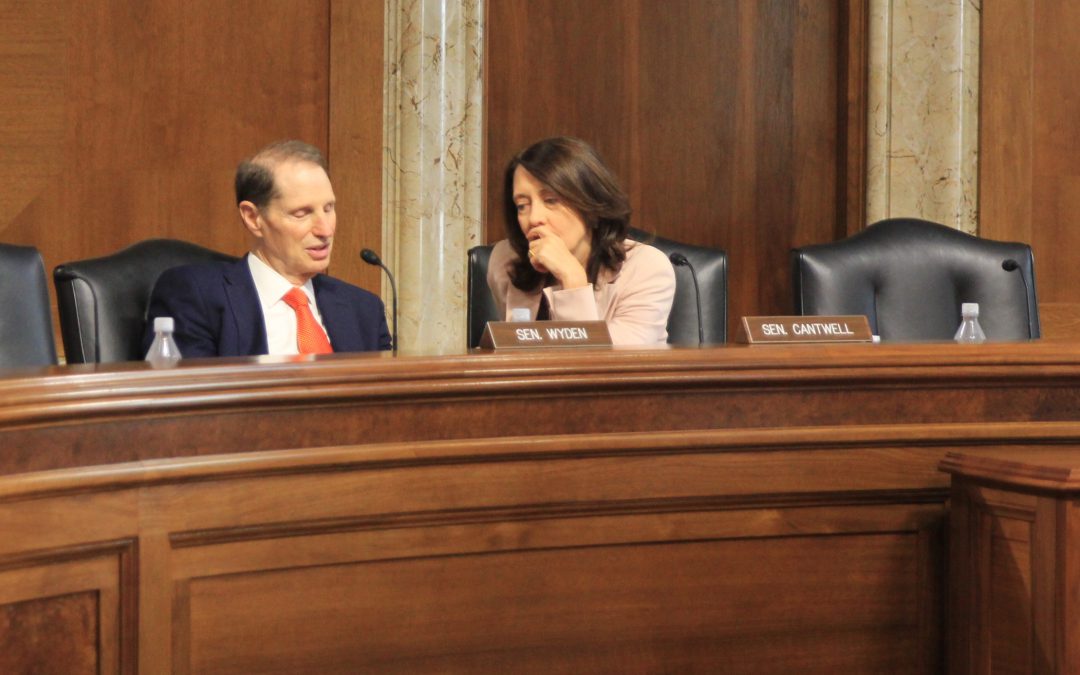WASHINGTON—The U.S. Forest Service continues to spend more than half of its budget on fighting fires — more than it does on preventing them, causing a cycle of re-escalation and devastation for towns across the state of Oregon, according to agency officials and members of the Senate national resources committee.
Thursday’s hearing on the Forest Service budget comes as fires continue to rage across the state of Oregon, and an increasing number currently burn nationally at levels unseen this early in the firefighting season. As of Aug. 1, a land area the size of New Hampshire has burned in the contiguous U.S., Forest Service reports show.
Efforts to increase Forest Service funding have stalled in the House, but Sen. Ron Wyden, D-Ore., and other members of the Senate Energy and Natural Resources Committee today introduced a “wildfire fix,” that is part of a larger bill that would address funding for floods and other natural disasters. The legislation would end “fire borrowing”—diverting funds from prevention to suppression—by funding the largest wildfires from a similar disaster account used to fund other natural disasters.
“It is very clear that the system is a broken, dysfunctional mess,” Wyden said. “Funding this is the longest-running battle since the Trojan War. Two hundred fifty groups have all endorsed the legislation. I asked the national fire chief the other day, what is the cost of inaction? He said $1 billion over a 10-year period.”
The fiscal 2017 budget for discretionary funding for the Forest Service is $4.9 billion, which is $787 million less than 2016. The Trump administration’s 2018 budget proposal would cut another $938 million from current spending.
By 2025, as global warming and urban encroachment on western forest lands increases, fire suppression costs will consume 67 percent of the agency’s budget, the Forest Service estimates.
The negative effects of fire borrowing can be mitigated by technological advances. This is where private sector investments in infrared heat maps, drones and access to better, more timely weather forecasts are crucial, agency officials said.
“Infrared heat mapping helps us determine what risk of structural loss we may encounter,” said Steve King, economic development director of the city of Wenatchee, Washington. “This helps us engage all of the property owners to implement fuel-mitigation strategies so that in the event of a fire, the flames lay down before they get to the houses.”
Some small communities, because of the lack of a comprehensive prevention strategy, must make snap decisions about when to go out and fight a fire even though they may lack accurate and timely weather forecasting.
“We must find a way to improve real-time weather forecasting everywhere,” Sen. Maria Cantwell D-Wash., said. “We do not want to have a region that is not prepared because of inaccurate weather conditions. These communities do not know when to send people to fight fires.”
Wyden said wildfires have consequences beyond the actual fire damage.
“Wildfires change landscapes so dramatically that communities are at a significantly higher risk of flooding,” he said.
Since 2000, the cost to fight fires has exceeded the amount budgeted in every annual appropriation with only two exceptions.


